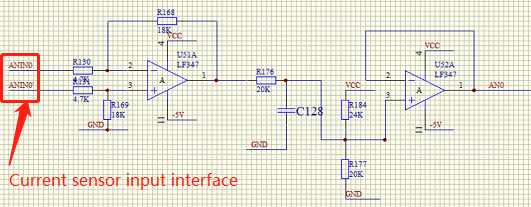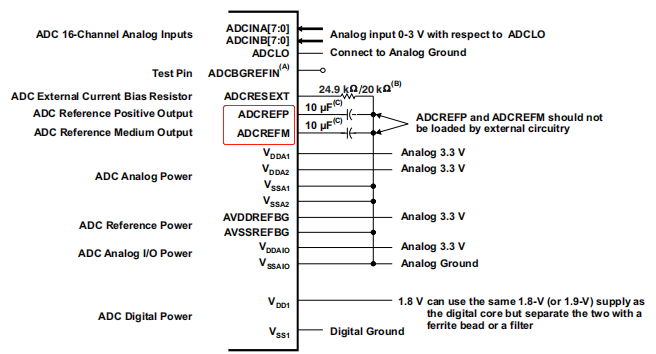Hi,
我司生产一款电流检测仪器,用到的是TMS320F2812PGFA 芯片。
Our company produces a current detection instrument, which uses the TMS320F2812PGFA chip.
在使用过程中发现某些TMS320F2812PGFA 芯片会导致仪器检测电流误报警,并且按复位键不能复位。同一块电路板,换另外一块TMS320F2812PGFA 芯片后就恢复正常了。查规格书:The F281x ADC has a maximum offset error of ± 80 LSB and a maximum gain error of ± 200 LSB. Themaximum values for both gain and offset error for F280x/F280xx parts are ± 60 LSB.
During use, it is found that some TMS320F2812PGFA chips will cause the instrument to detect the current false alarm, and the reset button cannot be reset. The same circuit board, replaced by another TMS320F2812PGFA chip, returned to normal. Check specifications:The F281x ADC has a maximum offset error of ± 80 LSB and a maximum gain error of ± 200 LSB. Themaximum values for both gain and offset error for F280x/F280xx parts are ± 60 LSB.






